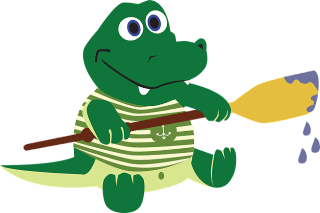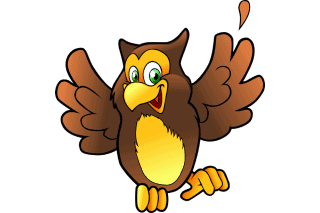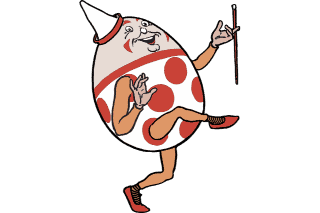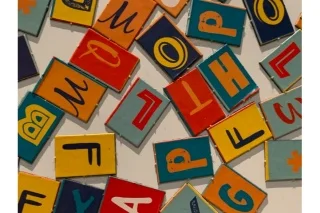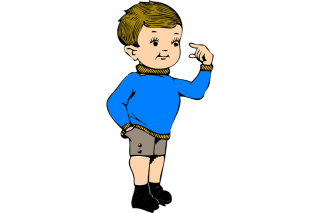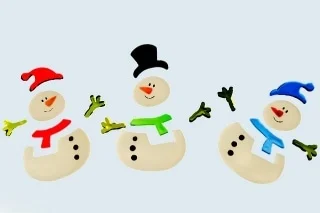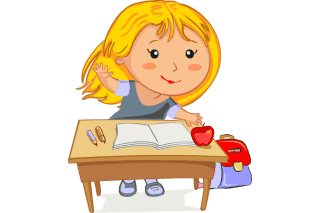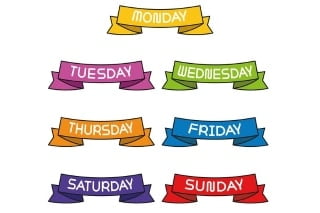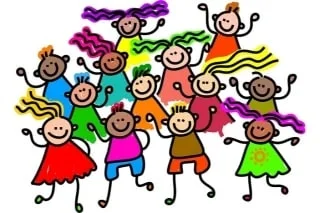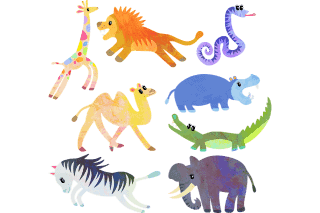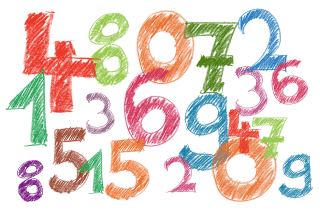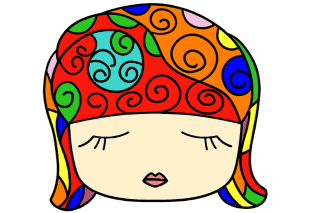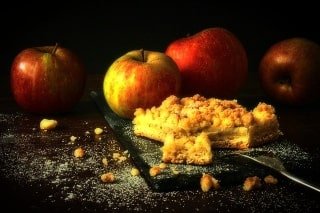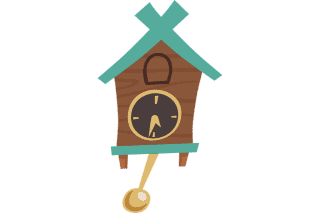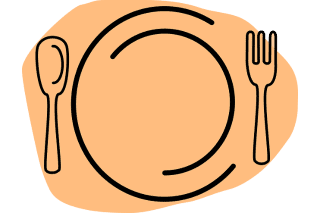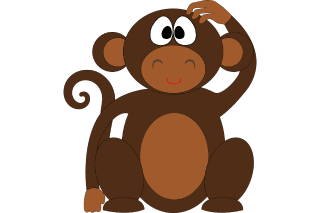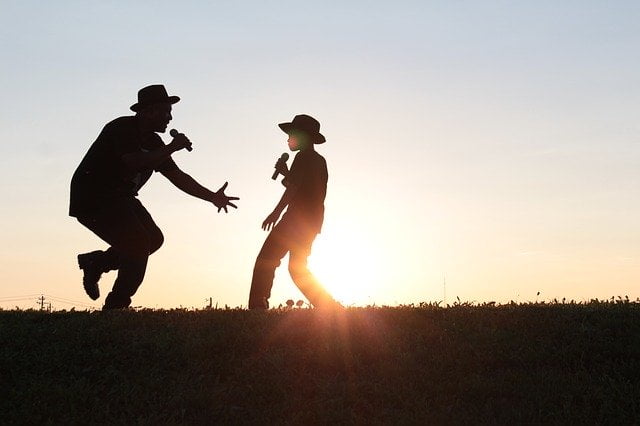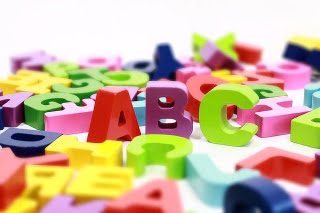
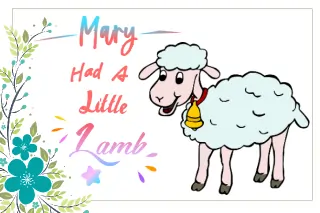
Mary Had a Little Lamb Lyrics
“Mary Had a Little Lamb” holds a special place in the hearts of both children and adults, remaining a cherished nursery rhyme with a fascinating past and lasting appeal. The credit for authorship of this beloved rhyme goes to Sarah Josepha Hale, and it made its debut in 1830 through the publisher Marsh, Capen & Lyon.
“Mary Had a Little Lamb” has a historical background dating back to the early 19th century when nursery rhymes were popular for children’s entertainment and education. The inspiration for the rhyme came from a true story about Mary Sawyer, a young girl from Sterling, Massachusetts, who had a pet lamb that followed her to school. Sarah Josepha Hale adapted this event into the rhyme, which soon became beloved among children and families. The enduring appeal of “Mary Had a Little Lamb” lies in Hale’s imaginative adaptation that captured the public’s imagination and made it an iconic part of children’s literature.
The significance of “Mary Had a Little Lamb” stems from its ability to connect with young readers through a simple and relatable story line. The rhyme teaches children about empathy as they understand and appreciate the special bond between Mary and her lamb. It highlights the playful and imaginative aspects of childhood as the presence of the lamb in school brings joy and laughter to the children. Through this endearing tale, children learn the value of kindness, friendship, and the joy that can be found in unexpected moments.
“Mary Had a Little Lamb” Lyrics
Mary had a little lamb,
whose fleece was white as snow.
And everywhere that Mary went,
the lamb was sure to go.
It followed her to school one day
which was against the rules.
It made the children laugh and play,
to see a lamb at school.
And so the teacher turned it out,
but still it lingered near,
And waited patiently about,
till Mary did appear.
“Why does the lamb love Mary so?”
the eager children cry.
“Why, Mary loves the lamb, you know.”
the teacher did reply
- nursery rhymes mary had a little lamb lyrics
- lyrics for mary had a little lamb
- lyrics to mary had a little lamb
- mary had a little lamb notes
- mary had a little lamb nursery rhymes
- mary had a little lamb poem lyrics
- mary had a little lamb song
- sing mary had a little lamb
- words that rhyme with waited
- full mary had a little lamb lyrics
“Mary Had a Little Lamb” consists of four stanzas, each containing four lines. The verses vividly depict the endearing story of Mary and her loyal lamb, engaging young readers with its simple yet captivating narrative.
The first verse introduces Mary and her lamb, emphasizing the lamb’s pristine white fleece that resembles freshly fallen snow. This imagery creates a visual contrast and enhances the charm of the rhyme. It sets the stage for the affectionate bond between Mary and her little companion.
In the second and third verses, the rhyme describes how the lamb follows Mary wherever she goes, even to school, disregarding the rules. The presence of the lamb at school brings delight to the children, capturing their attention and inspiring laughter and playfulness. The verses highlight the lamb’s mischievous and lovable nature, creating a sense of whimsy in the rhyme.
The final verse of “Mary Had a Little Lamb” depicts the teacher’s attempt to dismiss the lamb from the school. However, the lamb lingers nearby, eagerly waiting for Mary’s return. The inquisitive children express their curiosity about the special connection between Mary and the lamb. The teacher responds with a heartfelt explanation: Mary loves the lamb, and the lamb loves her back. This sweet conclusion reinforces the themes of friendship and loyalty, leaving a lasting impression on young readers.
The verses of “Mary Had a Little Lamb” capture the pure and joyful essence of childhood. With its relatable story and gentle rhythm, the rhyme invites children to delve into themes of friendship, loyalty, and the magic found in everyday experiences.
- lyrics for mary had a little lamb
- mary had a little lamb notes
- mary had a little lamb nursery rhymes
- mary had a little lamb poem lyrics
- mary had a little lamb song
- full mary had a little lamb lyrics
- mary had a little lamb lyrics in english
- mary had a little lamb lyrics meaning
Frequently asked questions (FAQ's) based on “Mary Had a Little Lamb”
- Answer: The nursery rhyme “Mary Had a Little Lamb” was written by Sarah Josepha Hale.
Answer: The lamb’s fleece in the rhyme is described as white as snow.
Answer: The lamb followed Mary everywhere she went, including to school.
Answer: The presence of the lamb at school made the children laugh and play.
Answer: The teacher turned the lamb out of the school.
Answer: The lamb waited for Mary because it loved her.
Answer: The teacher explained that Mary loved the lamb, and that’s why the lamb loved her in return.
Answer: “Mary Had a Little Lamb” was first published in 1830.
Answer: The nursery rhyme was inspired by the true story of Mary Sawyer, a young girl whose pet lamb followed her to school in Sterling, Massachusetts.
Answer: “Mary Had a Little Lamb” helps children develop storytelling skills, language proficiency through rhythm and rhyme, and understanding of friendship and empathy.
- nursery rhymes mary had a little lamb lyrics
- lyrics for mary had a little lamb
- lyrics to mary had a little lamb
- mary had a little lamb notes
- mary had a little lamb nursery rhymes
- mary had a little lamb poem lyrics
- mary had a little lamb song
- sing mary had a little lamb
- words that rhyme with waited
- full mary had a little lamb lyrics
- mary had a little lamb lyrics and notes
- mary had a little lamb lyrics in english
Some more details based on "Mary Had a Little Lamb"
“Mary Had a Little Lamb” offers valuable educational benefits for children. Firstly, the rhyme introduces them to storytelling and narrative structure, engaging their imagination and encouraging creativity. Secondly, it aids in language development through rhythmic patterns, rhyme, and repetition, fostering phonetic awareness and vocabulary growth. Additionally, the rhyme promotes social-emotional learning by emphasizing friendship, loyalty, and empathy. Children can relate to the characters, fostering their understanding of relationships and nurturing their emotional growth. Overall, “Mary Had a Little Lamb” combines entertainment with educational value, enhancing language skills, imagination, and social-emotional development in children.
The gesture associated with “Mary Had a Little Lamb” involves mimicking the action of a lamb following Mary. Using one hand to represent the lamb and the other hand to represent Mary, children can engage in an interactive experience. The hand representing the lamb moves forward, imitating its steps, while the hand representing Mary extends in front, leading the way. This simple and engaging gesture encourages children to actively participate in the narrative, fostering their imagination and creating a playful connection to the characters of the rhyme.
Its enduring popularity attests to its timeless appeal and effectiveness as a learning tool. With its timeless appeal, “Mary Had a Little Lamb” continues to enchant and inspire new generations, creating lasting memories and fostering a love for the magic of storytelling.
- mary had a little lamb lyrics meaning
- mary had a little lamb lyrics pdf
- mary had a little lamb lyrics piano
- mary had a little lamb lyrics printable
- mary had a little lamb lyrics recorder
- mary had a little lamb lyrics uk
- mary had a little lamb origin
- mary had a little lamb story
- mary had a little lamb whose fleece was white as snow
- nursery rhymes mary had a little lamb lyrics
Some activities for children's based on "Mary Had A Little Lamb"
We have curated a list of engaging activities that will not only bring the rhyme to life but also provide valuable learning opportunities for children. Through these activities, children can enhance their creativity, social skills, and cognitive development while having a great time. Let’s dive in and discover the magic of “Mary Had a Little Lamb” together!
- Lamb Mask Making: In this activity, children will create their own lamb masks using materials like paper plates, cotton balls, and craft supplies. They can cut out eye holes in the paper plates and decorate them to resemble a lamb’s face. They can then glue cotton balls on the plate to represent the fluffy lamb’s fleece. Once the masks are complete, children can wear them and pretend to be little lambs.
Note: Mask making encourages creativity and fine motor skills. Children get to express themselves artistically and use their imaginations to transform into a lamb. This activity also promotes role-play and storytelling, allowing children to engage in imaginative play.
- Lamb Dance Party: In the lamb dance party, children will have a chance to dance and move like little lambs. Play upbeat music and encourage them to hop, skip, and jump around the room, imitating the movements of a lamb. They can wiggle their noses, prance around, and even create their own lamb-inspired dance moves.
Note: The lamb dance party is a fun and energetic activity that promotes gross motor skills, coordination, and self-expression. It allows children to be active and creative while enjoying the rhythm of the music. Dancing also uplifts their mood and helps release their energy.
- Lamb Puppet Play: Children will create lamb puppets using materials like paper bags or socks. They can decorate the puppets to resemble a lamb’s face and features. They can then use their puppets to retell the story of “Mary Had a Little Lamb” or create their own imaginative stories involving the lamb.
Note: Puppet play enhances storytelling skills and encourages language development. Children can practice their communication and narrative abilities as they bring the characters to life. This activity also fosters creativity and imaginative thinking, as children use the puppets to act out different scenarios and express their ideas.
Discover the wonders of “Mary Had a Little Lamb” through exciting activities that engage children’s imagination and promote valuable learning experiences. From creating lamb masks to dancing like little lambs and putting on puppet plays, these activities provide a perfect blend of fun and educational opportunities.
These activities provide children with opportunities for imaginative play, creative expression, and physical movement. They enhance fine motor skills, coordination, language development, and storytelling abilities. The activities also promote social interaction and cooperation, as children can engage in collaborative play, perform together, or share their creations with others. Let’s dive in and embark on a journey of creativity, language development, and social interaction!
- nursery rhymes mary had a little lamb lyrics
- mary had a little lamb nursery rhymes
- mary had a little lamb poem lyrics
- mary had a little lamb song lyrics
- mary had a little lamb lyrics in english
- mary had a little lamb lyrics meaning
- mary had a little lamb lyrics pdf
- mary had a little lamb lyrics printable
- mary had a little lamb origin
- mary had a little lamb story
- mary had a little lamb whose fleece was white as snow
Related links
Categories
Other popular rhymes
Other related keywords and search's
- nursery rhymes mary had a little lamb lyrics
- lyrics for mary had a little lamb
- lyrics to mary had a little lamb
- mary had a little lamb notes
- mary had a little lamb nursery rhymes
- mary had a little lamb poem lyrics
- mary had a little lamb song
- sing mary had a little lamb
- words that rhyme with waited
- full mary had a little lamb lyrics
- mary had a little lamb lyrics and notes
- mary had a little lamb lyrics in english
- mary had a little lamb lyrics meaning
- mary had a little lamb lyrics pdf
- mary had a little lamb lyrics piano
- mary had a little lamb lyrics printable
- mary had a little lamb lyrics recorder
- mary had a little lamb lyrics uk
- mary had a little lamb origin
- mary had a little lamb story
- mary had a little lamb whose fleece was white as snow
- nursery rhymes mary had a little lamb lyrics

